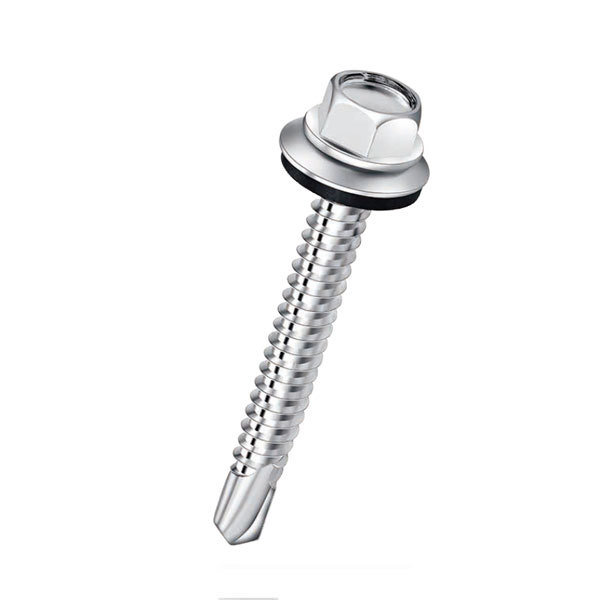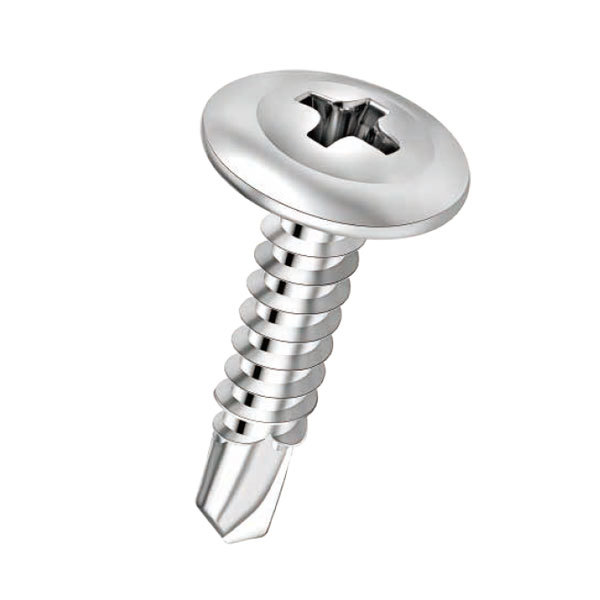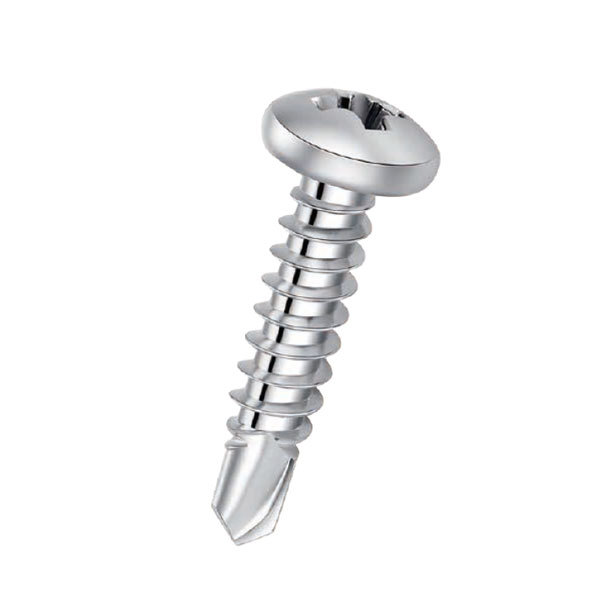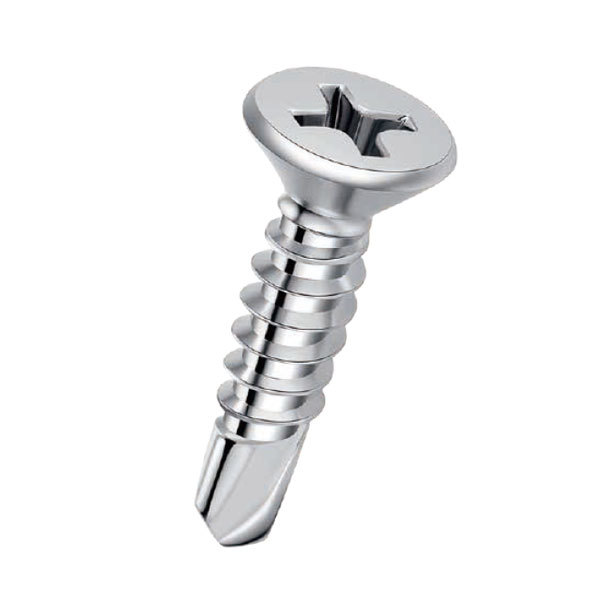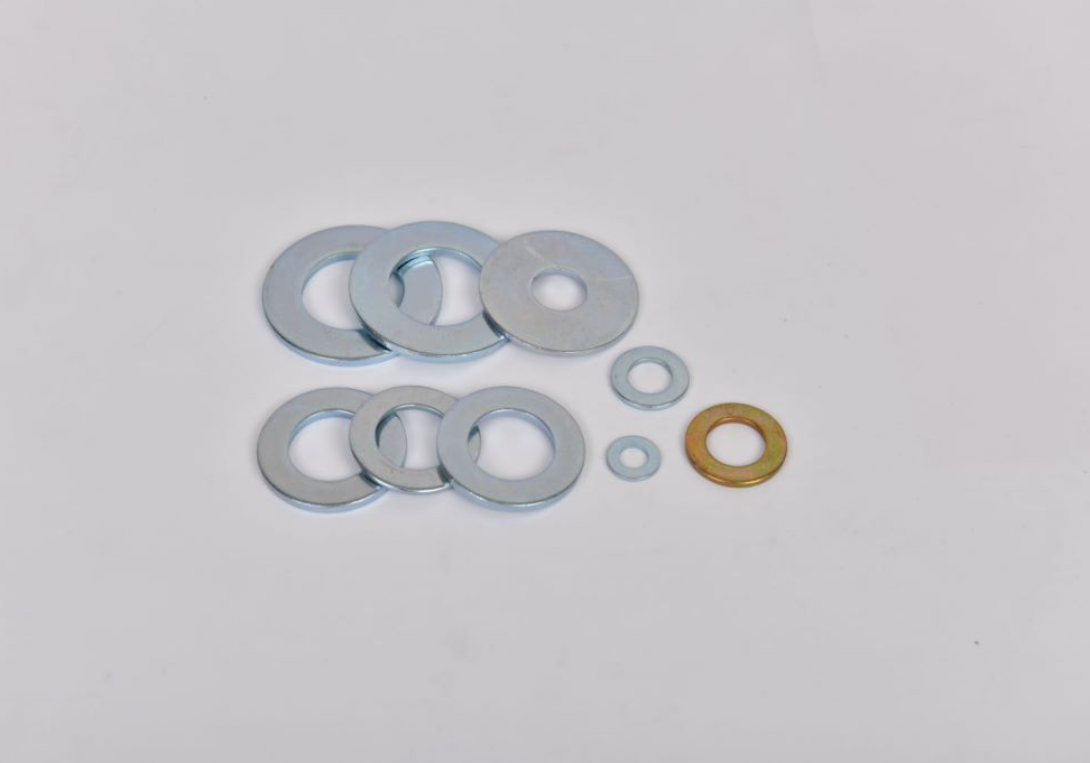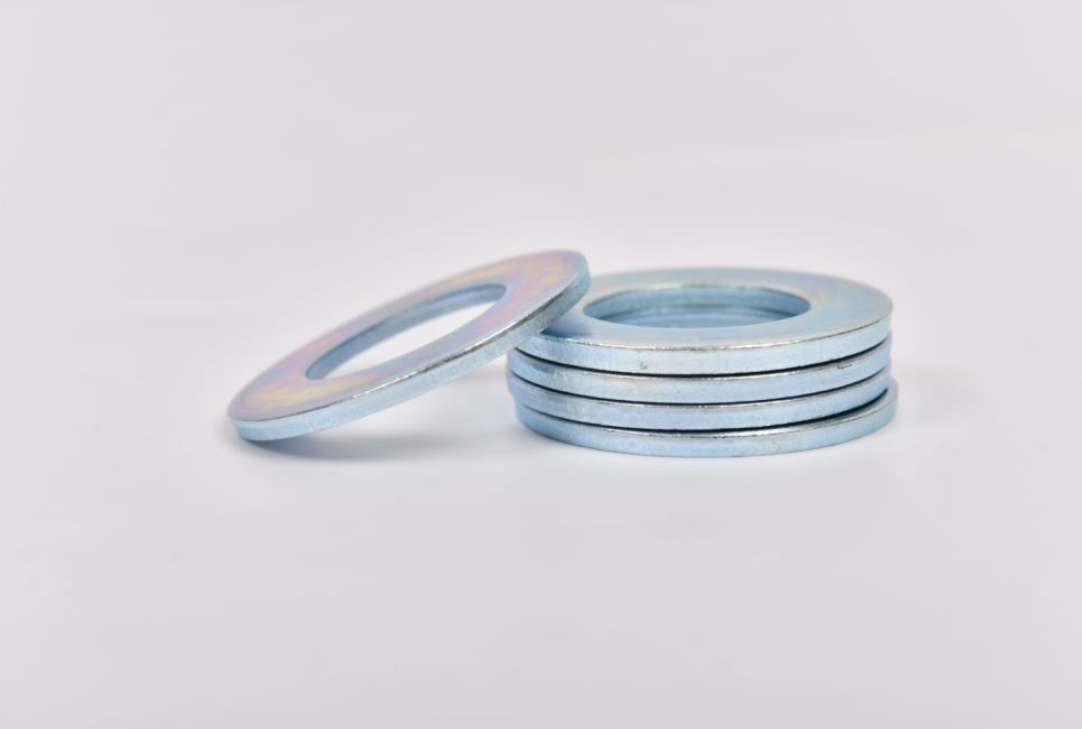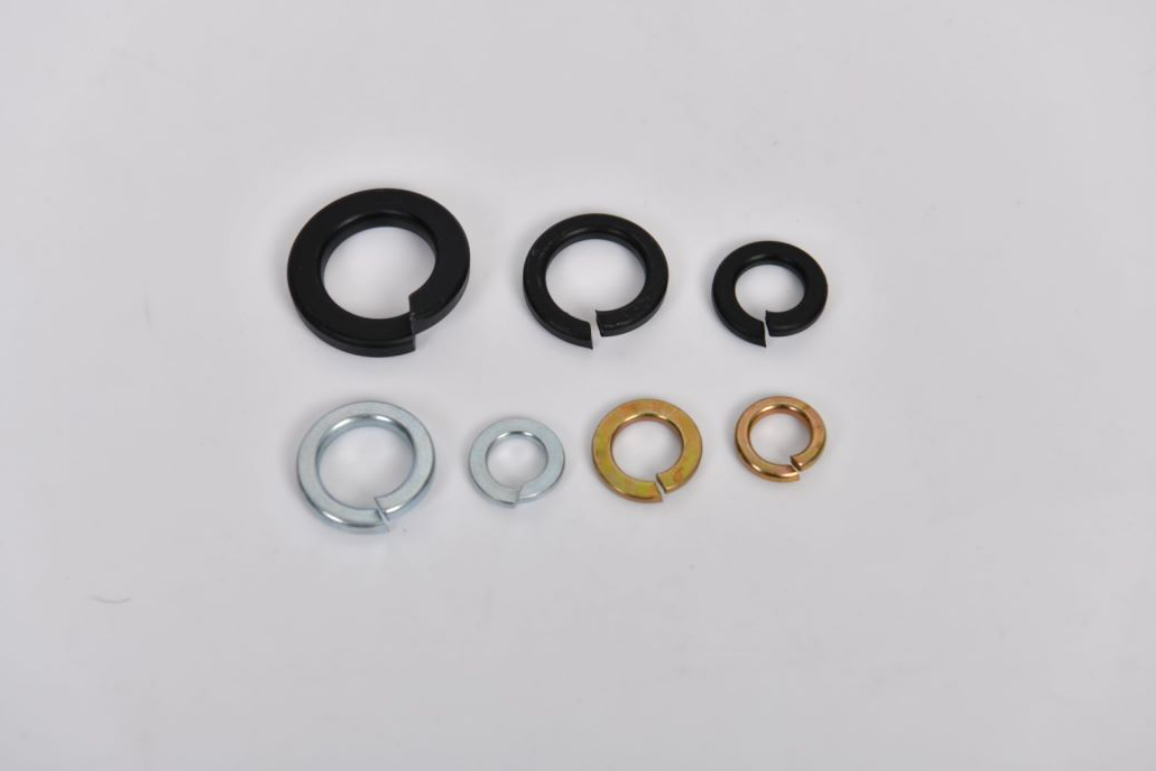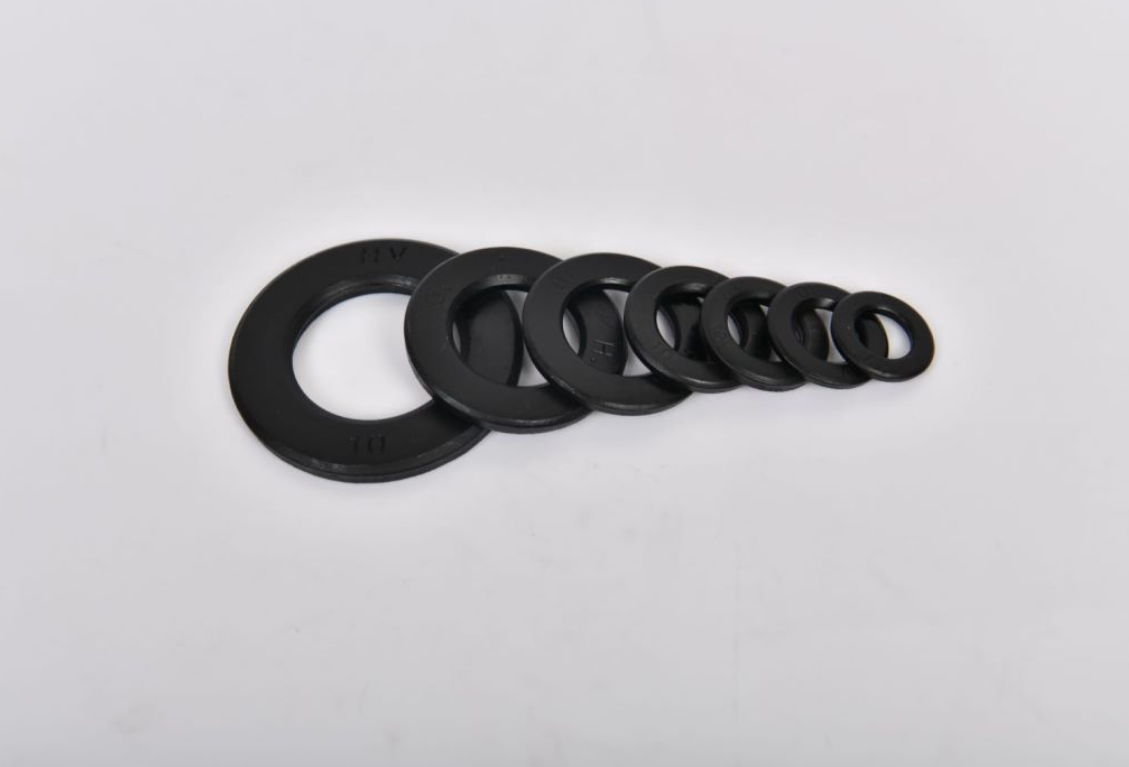Effective Use of Screws and Drywall Anchors for Secure Fastening Solutions
Screws and Drywall Anchors A Guide to Secure Fastening
When it comes to hanging objects on drywall, the challenge often lies in finding a reliable method to secure items without damaging the wall. Whether you’re hanging pictures, shelves, or even heavy mirrors, the combination of screws and drywall anchors provides a solution that balances strength with ease of installation.
Understanding Drywall
Drywall, also known as gypsum board or wallboard, is a widely used material for constructing interior walls and ceilings. While it offers a smooth surface for painting and decorating, its unique composition makes it less reliable for supporting heavy loads directly with screws. Drywall itself is composed of a gypsum core encased in thick paper, which unfortunately doesn’t provide sufficient holding power for screws, especially when they are subjected to downward or lateral forces. This is where drywall anchors come into play.
What are Drywall Anchors?
Drywall anchors are hardware devices designed to create a strong mounting point in drywall, allowing you to hang items that would otherwise tear through the material. They come in various types, each tailored for specific weight limits and applications. Understanding these options can help you make informed choices based on the items you wish to hang.
1. Plastic Expansion Anchors These are the most common type and are ideal for lightweight items like small pictures or decorative pieces. The anchor is inserted into a pilot hole drilled into the drywall. As the screw is driven in, the anchor expands, gripping the drywall securely.
2. Metal Molly Bolts For medium to heavy loads, metal molly bolts offer enhanced strength. When installed, these anchors expand behind the wall, providing a robust fastening point. They are especially useful for hanging heavier items, such as framed mirrors or shelves.
3. Toggle Bolts For the heaviest loads, toggle bolts provide an excellent solution. These anchors consist of a bolt and a spring-loaded toggle that opens up behind the wall when you insert the bolt. This design distributes weight over a larger area, making toggle bolts ideal for heavy shelves, large picture frames, and other substantial installations.
screw and drywall anchor
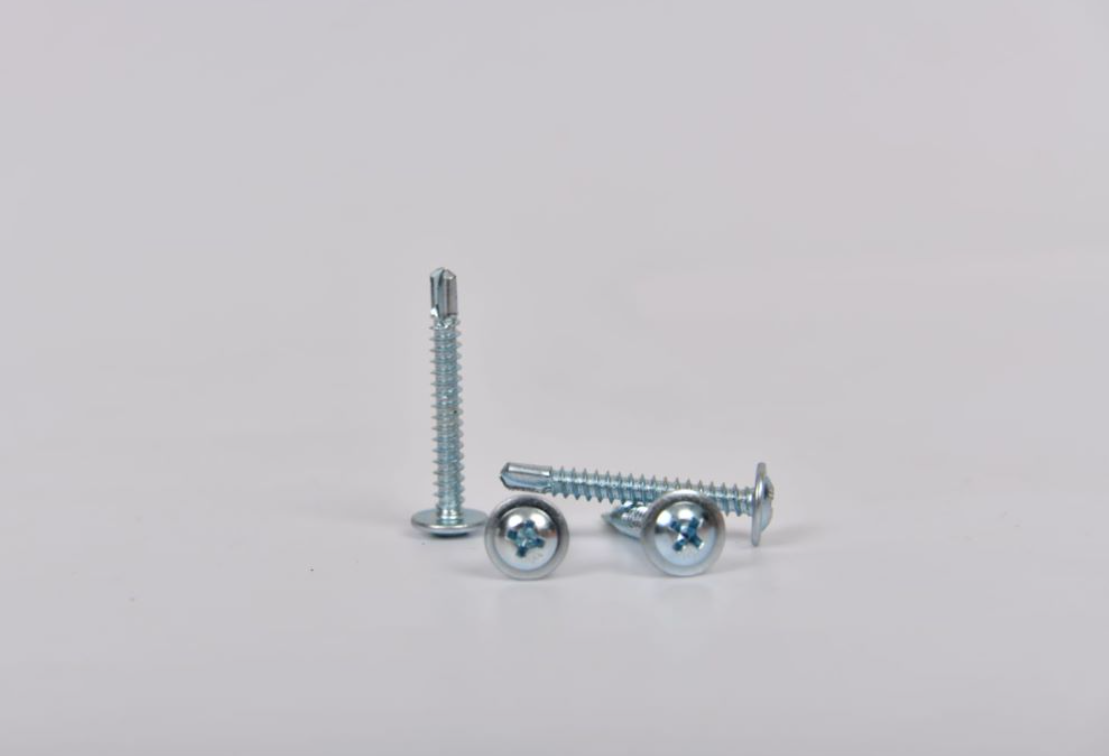
Installation Tips
Installation of screws and drywall anchors can be straightforward if you follow some key tips
1. Identify the Load Before you start, it’s crucial to know the weight of the item you intend to hang. This will determine the type of anchor you should use.
2. Select the Right Anchor Choose an anchor based on the weight classification. Always opt for a heavier duty anchor than you might need to provide a safety margin.
3. Drill a Proper Hole Ensure that the hole in the drywall is appropriately sized for the anchor you are using. A pilot hole that is too big will prevent the anchor from securing properly.
4. Follow Manufacturer Instructions Each anchor type will have specific instructions for installation. Following these guidelines helps to ensure optimal performance.
5. Use the Correct Tools A drill or manual screwdriver should suffice for most installations, but heavier applications may require a power drill. Ensure you have the appropriate bit sizes for drilling both the wall and the anchor.
Conclusion
In summary, screws and drywall anchors are essential components in the toolkit of anyone looking to hang items securely on drywall surfaces. By understanding the different types of anchors available and their respective weight limits, you can choose the best option for your needs. It is important not to underestimate the significance of using the right anchor, as improper fastening can lead to damages and safety hazards. With careful selection and proper installation procedures, you can securely hang your favorite items and enjoy the beauty of your space without worry. Whether it’s creating a gallery wall or setting up functional shelving, mastering the use of screws and drywall anchors can empower you to transform your environment effectively.
-
Top Choices for Plasterboard FixingNewsDec.26,2024
-
The Versatility of Specialty WashersNewsDec.26,2024
-
Secure Your ProjectsNewsDec.26,2024
-
Essential Screws for Chipboard Flooring ProjectsNewsDec.26,2024
-
Choosing the Right Drywall ScrewsNewsDec.26,2024
-
Black Phosphate Screws for Superior PerformanceNewsDec.26,2024
-
The Versatile Choice of Nylon Flat Washers for Your NeedsNewsDec.18,2024



